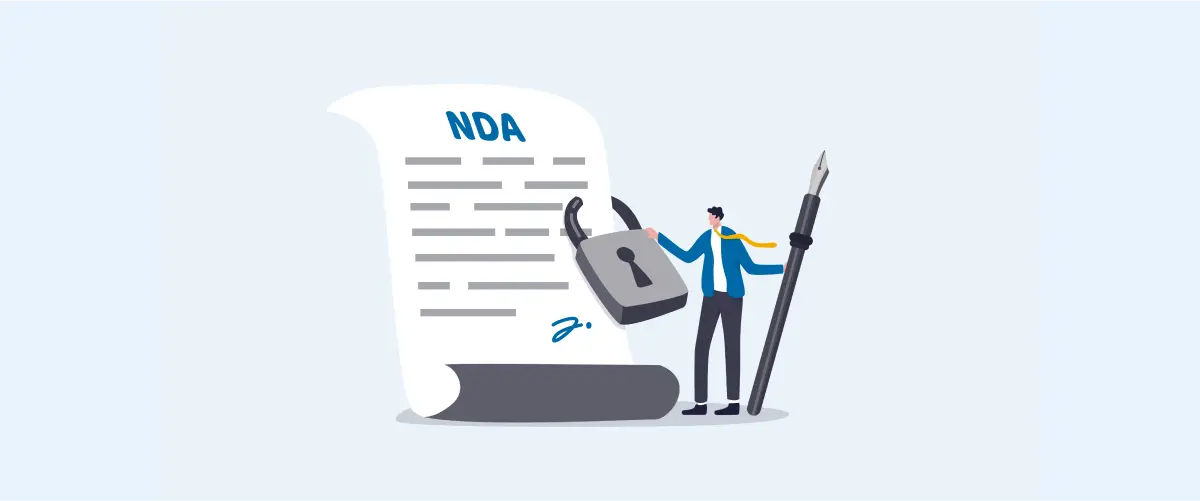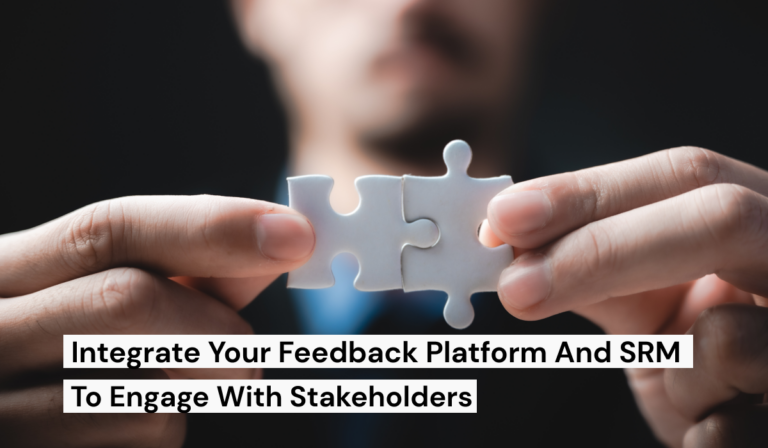Traditional stakeholder management solutions are becoming heavily outdated. Stakeholder engagement has become a complex process. It involves many different requirements, views and priorities, which change and evolve constantly. It is not static, and therefore, a static solution such as a spreadsheet will disrupt your stakeholder data management.
Effective stakeholder management involves nurturing your stakeholder relationships. You are consistently interacting with your stakeholders, understanding their requirements, their shifting needs, and their shifting expectations of you. So, being able to utilise this information to make better-informed decisions and remain proactive in identifying stakeholder risks is critical.
If you’ve ever been on a time crunch looking for the most up-to-date version of that one specific spreadsheet for that project that finished 2 years ago then you definitely understand the frustration.
Spreadsheets are outdated, and now, outmatched. Learning, adapting, and understanding modern stakeholder management tools is necessary so your data is consolidated, clear, and compliant. Here are a few reasons why spreadsheets will disrupt your stakeholder data management in 2023.

Spreadsheets are difficult to manage
Spreadsheets are frequently kept in several locations. This makes it challenging for geographically dispersed teams to manage and access stakeholder data. In many circumstances, stakeholders are kept waiting for information or updates that tend to be buried in disjointed spreadsheets. This might result in delays, miscommunication, and missed opportunities.
Instead, organisations are looking to Stakeholder Relationship Management platforms (SRM) as a solution. An SRM will allow you to access real-time stakeholder data from a secure, single location. This provides more capability to efficiently monitor, organise, and connect multiple records as a collaborative, team unit.
And, by storing your stakeholder data in one centralised location, you can quickly identify risks as they arise and respond swiftly.

Spreadsheet security is lacking
Spreadsheets are regularly sent via email or instant messaging as an easy way to exchange files. But, do you know how to restrict access to a spreadsheet? Or implement password protection?
Before you send your next spreadsheet, it is essential to think about the sensitivity of your stakeholder data. Take steps to safeguard it.
What happens if you email a spreadsheet containing sensitive data to the incorrect recipient? Depending on the nature of the data, this might result in legal risk, financial losses, or reputable harm to your organisation. According to IBM and the Cost of a Data Breach 2022 Report, the global average cost of a data breach hit a record high of US $4.35 million.
In addition to the security risks associated with sending spreadsheets via email, there are also threats associated with opening email attachments. A Cisco analysis revealed that Excel is one of the most common Microsoft Office formats to receive malicious file extensions.
These extensions are made to seem like genuine file types but they are harmful programs capable of infecting your computer with malware or stealing data. It would only take a single person to open an email attachment for your data to be compromised.
Ok, but what can you do to help protect your stakeholder data? You can password-protect your spreadsheet, send it via a secure FTP service or encrypt it before printing to try to avoid this. But if you manage multiple passwords, across various teams, this can become very challenging to track.
Stakeholder management software solutions often offer robust security features that can help protect sensitive stakeholder information from unauthorised access or loss. By using an SRM, you have the ability to control who has access to stakeholder data. And defining specific user permissions will ensure that only authorised personnel have access to sensitive information. Therefore, you can remain confident that your data is protected from unauthorised changes or deletions, and help safeguard any possibilities of data breaches or virus risks.

Spreadsheets can contain mistakes and errors
Naturally, mistakes happen. We are all human. But, according to Forbes, 88% of all spreadsheets have significant errors. This is cause for concern, given the exceedingly high percentage.
Even the most carefully constructed spreadsheets have mistakes in 1% or more of all formula cells. Most reported faults result from human error, such as typos, incorrect formulas, or poor formatting.
An SRM can assist in reducing the risk of human error in data input. For example, stakeholder management software will identify errors or inconsistencies in stakeholder data. By identifying duplicates, or analysing gaps and missing information in your stakeholder records, you can begin to increase data quality.
Detecting these errors early will save you a huge headache in the future.

Spreadsheets are time-consuming
Manually updating and checking multiple spreadsheets can take up a significant amount of time and resources. It can also be challenging to track changes or maintain version control if various people are contributing.
When the volume of data increases, spreadsheets can become even more difficult to manage and navigate. As more stakeholders are added to the list, keeping track of all their information, interactions, and feedback can soon become overwhelming.
Using an SRM can provide a solution to these challenges by providing a centralised platform for boosting collaboration and knowledge-sharing. Ultimately, this results in more efficient workflows and improved stakeholder engagement.
Rather than worrying about what file to store information on, an SRM can track every single interaction, which can relieve the pressure of knowing where to store data or which correct file to use.
Some SRMs even include templates that can be customised to help reduce the load of repetitive data entry. Templates are a great way for you to configure a specific record type to prepopulate with information. This means that your data will be consistently formatted and organised, making it easier to input for everyone.

Spreadsheets can make compliance even more difficult
Stakeholder management is increasingly regulated, with many businesses facing compliance requirements from government agencies and industry bodies. Unfortunately, traditional spreadsheet-based systems often cannot meet these requirements, leaving companies at risk of fines, penalties, and legal action.
Modern stakeholder management tools, such as SRMs, are designed to meet regulatory and compliance requirements. Audit trails, permissions management, and data encryption are standard features in leading SRMs. This ensures businesses can meet their obligations and protect themselves from legal risks.
An SRM is designed to assist you in quickly producing the evidence required in regulatory settings. This cannot be easily generated from spreadsheets as a significant amount of manual labor would be required. Instead, you have access to a full history of what has been said to every stakeholder, and when.
Moving from spreadsheets to an SRM
Many stakeholder engagement professionals are moving away from traditional spreadsheet-based systems. Spreadsheets are becoming more difficult to manage as they pose data security risks, and are prone to human errors. Because of this, organisations are spending more time dredging through data to meet formal regulations and compliance requirements.
Thankfully, an innovative SRM will streamline data imports and migration for you so all of your spreadsheets are captured. Therefore you can be rest-assured that you’re working with the most up-to-date and correct data.
Using an SRM offers you real-time data access from a single location, robust security features, and helpful automation. You can manage stakeholder relationships more efficiently, improve communication and collaboration internally, and reduce project risk.



